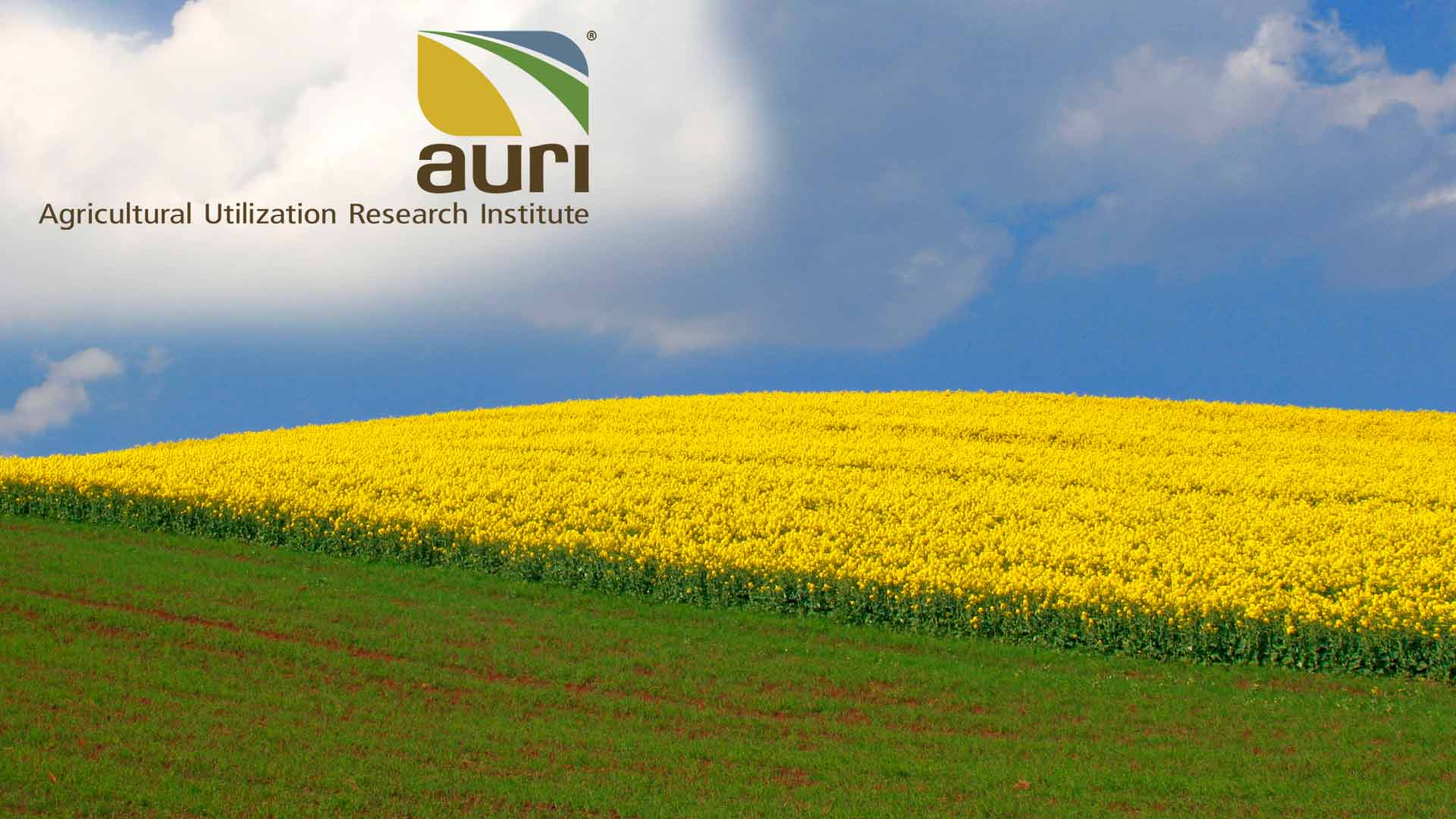Nanobionic spinach plants can detect explosives
Spinach is no longer just a superfood; by embedding leaves with carbon nanotubes, MIT engineers have transformed spinach plants into sensors that can detect explosives and wirelessly relay that information to a handheld device similar to a smartphone. This is one of the first demonstrations of engineering electronic systems into plants, an approach that the researchers call “plant nanobionics.”
In this case, the plants detect chemical compounds known as nitroaromatics, often used in landmines and other explosives. When one of these chemicals is present in the groundwater sampled naturally by the plant, carbon nanotubes embedded in the plant leaves emit a fluorescent signal that is visible with an infrared camera. The camera attaches to a small computer similar to a smartphone, which then sends an email to the user.
So far, the researchers have also engineered spinach plants that can detect dopamine, which influences plant root growth, and they are now working on additional sensors, including some that track the chemicals plants use to convey information within their own tissues.
October 31, 2016, EurkeAlert!
Scientists discover way to give milk chocolate the health benefits of dark chocolate
Dark chocolate can be a source of antioxidants in the diet, but many consumers dislike the bitter flavor. The taste of milk chocolate is more appealing to a greater number of consumers, but it doesn’t have the same antioxidants properties as dark chocolate. In a recent Journal of Food Science study, researchers found a way to use peanut skin extracts to make milk chocolate that has more nutritional benefits of dark chocolate without affecting the taste.
Researchers from the Department of Food, Bioprocessing, and Nutrition Sciences at North Carolina State University extracted phenolic compounds from peanut skins, a waste product of peanut production, and encapsulated them into maltodextrin powder, which researchers incorporated into the milk chocolate.
Consumer testing of 80 subjects who compared samples of both milk chocolates with peanut extracts and without stated they liked the fortified chocolates as well as the untreated milk chocolate. The researchers noted they did not investigate peanut allergenicity, but that work is now ongoing.
October 13, 2016, Journal of Food Science
New kind of local food grows in your own kitchen
A home appliance that grows the ingredients for a healthy meal within a week from plant cells is no longer science fiction. VTT Technical Research Centre of Finland Ltd’s first 3D-printed CellPod prototype is already producing harvests.
VTT and its plant biotechnology research scientists have the vision of developing a home appliance for the markets that makes it possible to grow food in a new way. Growing plant cells in a bioreactor is not a new idea as such, but only the latest technologies have enabled the development of a plant cell incubator for home use that yields a harvest within a week. The appliance resembles a design lamp and is ideal for keeping on a kitchen table. Researchers are in the process of developing different product ideas in collaboration with consumers, with the aim of commercializing the concept.
October 13, 2016, Science Daily
Goodbye brown apples
The first commercial crop of Arctic Apples—apples that will not turn brown when sliced—are about to hit the market. According to Good Fruit Grower, Okanogan Specialty Fruits is expecting to harvest its first commercial crop of about 50 bins of Arctic Golden Delicious in Washington this year. Neal Carter, company president and founder, told Good Fruit Grower that his company has planted roughly 15 acres of Goldens in Washington, which will yield a small crop this fall.
The non-browning trait is the result of inserting extra copies of genes that the apple already possessed. These genes normally create an enzyme called polyphenol oxidase, which is responsible for the chemical reaction that causes browning. Yet when extra copies of the gene are present, the apple reacts by shutting down all of them, stopping production of the enzyme and preventing the browning reaction.
The blossoming venture plans to add more acreage mostly in Washington this year for its Arctic Golden and Arctic Granny varieties, with even more in other states and Canada in the following few years. Carter said that the first apples will be test marketed in select stores this year. As production ramps up, distribution will expand to more locations in the U.S. and Canada.
June 8, 2016, EcoWatch
